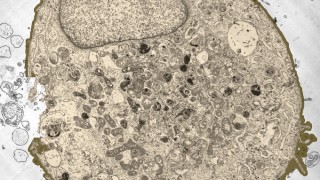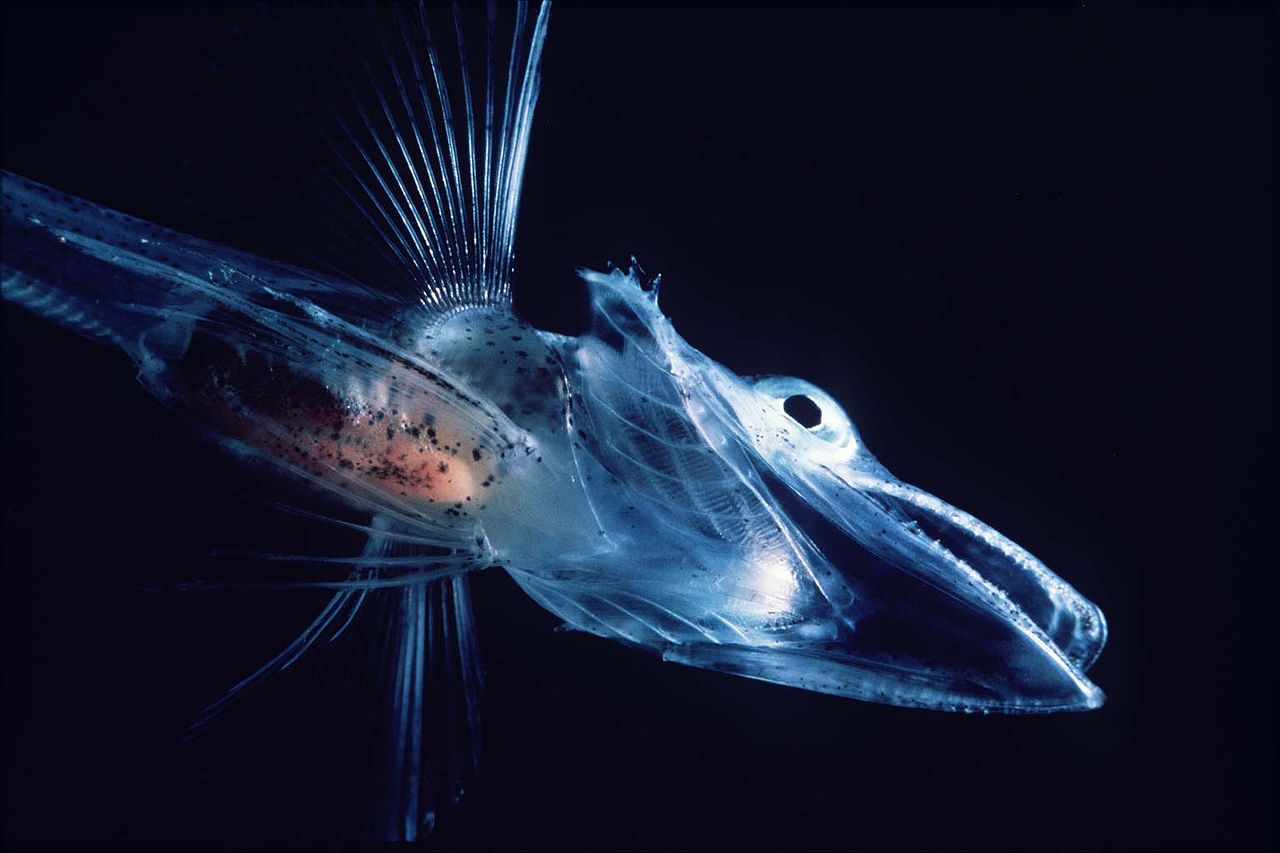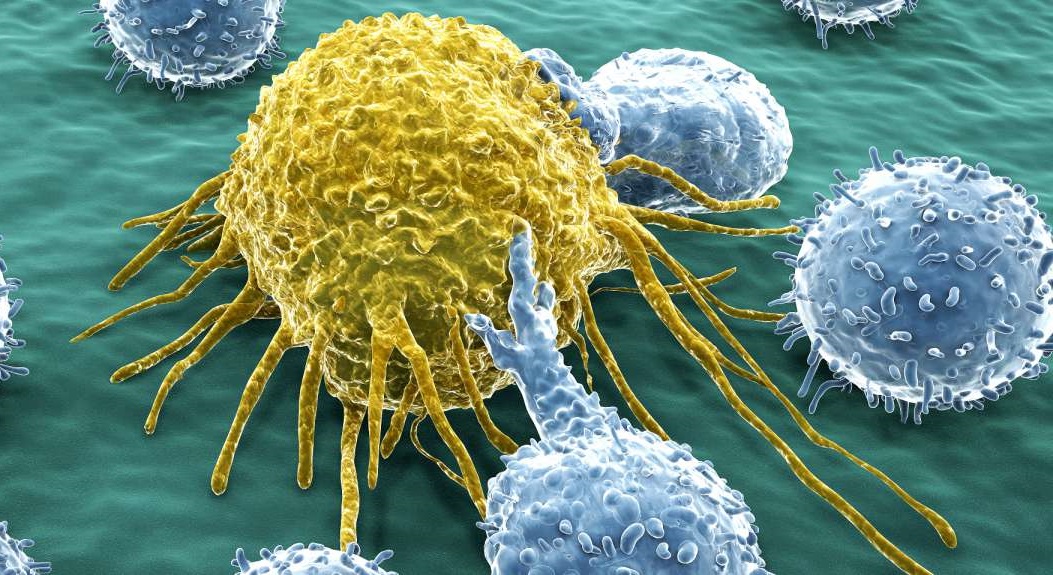
A pair of researchers are calling upon the scientific community to investigate the mysterious origins of a series of “cloud-like” blobs that assemble inside cells. The unusual structures were first visualized some 50 years ago, when scientists were conducting electron microscopy studies. Although the protein-based structures are considered critical to cellular function, to this day, scientists remain baffled over their precise role.
Dubbing the structures “assemblages,” the two scientists have written in the Journal of Cell Biology (JCB) to issue their request to fellow researchers. The two hope to see researchers from a range of backgrounds join the investigation into establishing what role these formations play inside cells.
Jeffrey Toretsky, a professor in the department of oncology and pediatrics at Georgetown Lombardi Comprehensive Cancer Center, said he wanted to know what the assemblages did in various disease states, including Ewing Sarcoma - a disease Toretsky specializes in.
Ewing Sarcoma is a malignant tumor where cancer cells are found inside the soft tissue and bone of children and young adults. The condition typically manifests in the long bones of the arms and legs, as well as the pelvis and chest. As this disease progresses, the cancer metastasizes to other bones and the lungs.
Although Toretsky’s professional interest seems to lie in the relationship between Ewing Sarcoma and these assemblages, he believes further research into the field could prove useful for a whole host of diseases.
Collaborating with co-author Peter Wright, who is based at the department of integrative structural and computational biology at The Scripps Research Institute in California, the pair have performed extensive literature searches on the elusive cell assemblages to compose a review article. Toretsky also used the knowledge of Georgetown University physicists and chemists to complete the review.
The team explain that the structures are usually synthesized from amino acids. The resultant proteins do not fold into precise 3-dimensional structures for interfacing with other protein structures. This so-called “intrinsic disorder” allows the structures to aggregate and form ever-shifting collections of gel-like assemblages.
It’s believed the assemblages are capable of interacting with other cellular proteins and RNA sequences. Although little else is known about the structures, Toretsky and colleagues have tentatively posited their involved in pathology, and have suggested the assemblages represent potential treatment targets.

“Current drug-discovery dogma suggests that it is very hard to make a small molecule to prevent two structured proteins from interacting. However, small molecules have a greater likelihood of disrupting intrinsically disordered protein-protein interactions… This review links together very basic biologic phenomena of protein interaction with the potential for new drug discovery,” concludes Toretsky.
Toretsky and Wright’s review, entitled Assemblages: Functional units formed by cellular phase separation, was published in the Sept. 1 issue of JCB.












